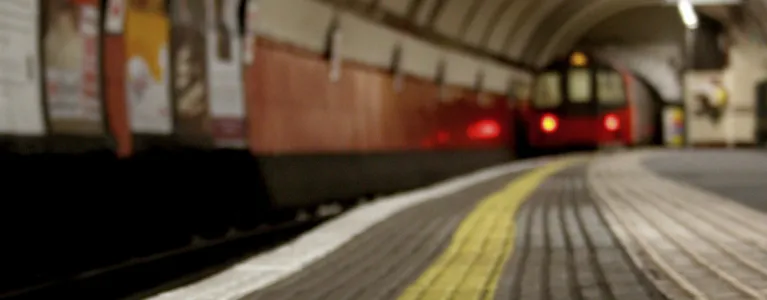
The Met Police has stated that crime levels would not be affected by the introduction of the Night Tube. Sir Bernard Hogan-Howe said the force is “not expecting any terrible pressure[2]” and the Met reports that “the Night Tube will have no detrimental effect on offending or victimisation levels[3]”.
However, an internal risk assessment by Transport for London (TfL) found that sexual offences and other crimes are likely to increase when the Night Tube is introduced[4]. TfL predicts that anti-social behaviour will also rise, causing “high crime levels” and a “rowdy environment[4].”
The London Assembly Police and Crime Committee publishes its report, ‘Crime on public transport’[1] today. The report assesses crime levels on the capital’s public transport system and identifies current and future policing challenges, including the introduction of the Night Tube, fear of crime on the network and an increase in reports of violence.
Passenger surveys reveal that fear of crime on public transport is as much of a problem as crime itself in preventing people from using the public transport system. Fear of crime is higher for certain groups of Londoners, including Black, Asian and Minority Ethnic (BAME); Lesbian Gay, Bisexual and Transgender (LGBT) Londoners; women; disabled people; and the elderly[5].
The report makes a number of recommendations, including:
- The new Mayor should constantly monitor, review and learn from policing arrangements for the Night Tube, and enable a swift response to any emerging crime concerns.
- The new Mayor should explore how to further increase public awareness and confidence to report sexual offences on public transport, maximising on the success of Project Guardian.
- The new Mayor should develop a new strategy for enabling travellers to report all crimes and anti-social behaviour more easily on public transport in London, using mechanisms which have shown success, such as by text.
Chair of the Police and Crime Committee, Joanne McCartney AM, said;
“London has one of the largest public transport systems in the world, carrying around ten million passengers every day. Looking at the figures, recorded crime on public transport is relatively low, but the network faces a number of key challenges which mean that complacency is not an option for the incoming Mayor. How will police and TfL maintain the safety of Londoners on a 24 hour tube service? How can the fear of crime be reversed? What policing measures will come into play to manage the network’s growing passenger numbers?
This Committee calls on the next Mayor to address these issues early in order to maximise the positive work to date by TfL and London’s policing agencies. With passenger numbers expected to rise, taking swift action and even pre-empting problems, particularly around the introduction of the Night Tube, will help ensure our transport network - the lifeblood of the capital – continues to serve Londoners.”
Related documents
Crime on public transport
Notes to editors
- ‘Crime on public transport’ report (attached).
- London Assembly Plenary, 3 June 2015.
- Metropolitan Police Service, written evidence submitted to Police and Crime Committee.
- The Times, Night Tube, a ‘honeypot for criminals, 25 January 2016.
- Safety and security annual report 2014, Future thinking, prepared for TfL, April 2015.
- Joanne McCartney AM, Chair of the Police and Crime Committee, is available for interview – see contact details below.
- As well as investigating issues that matter to Londoners, the London Assembly acts as a check and a balance on the Mayor.
For media enquiries, please contact Mary Dolan on 020 7983 4603. For out of hours media enquiries, call 020 7983 4000 and ask for the London Assembly duty press officer. Non-media enquiries should be directed to the Public Liaison Unit on 020 7983 4100.